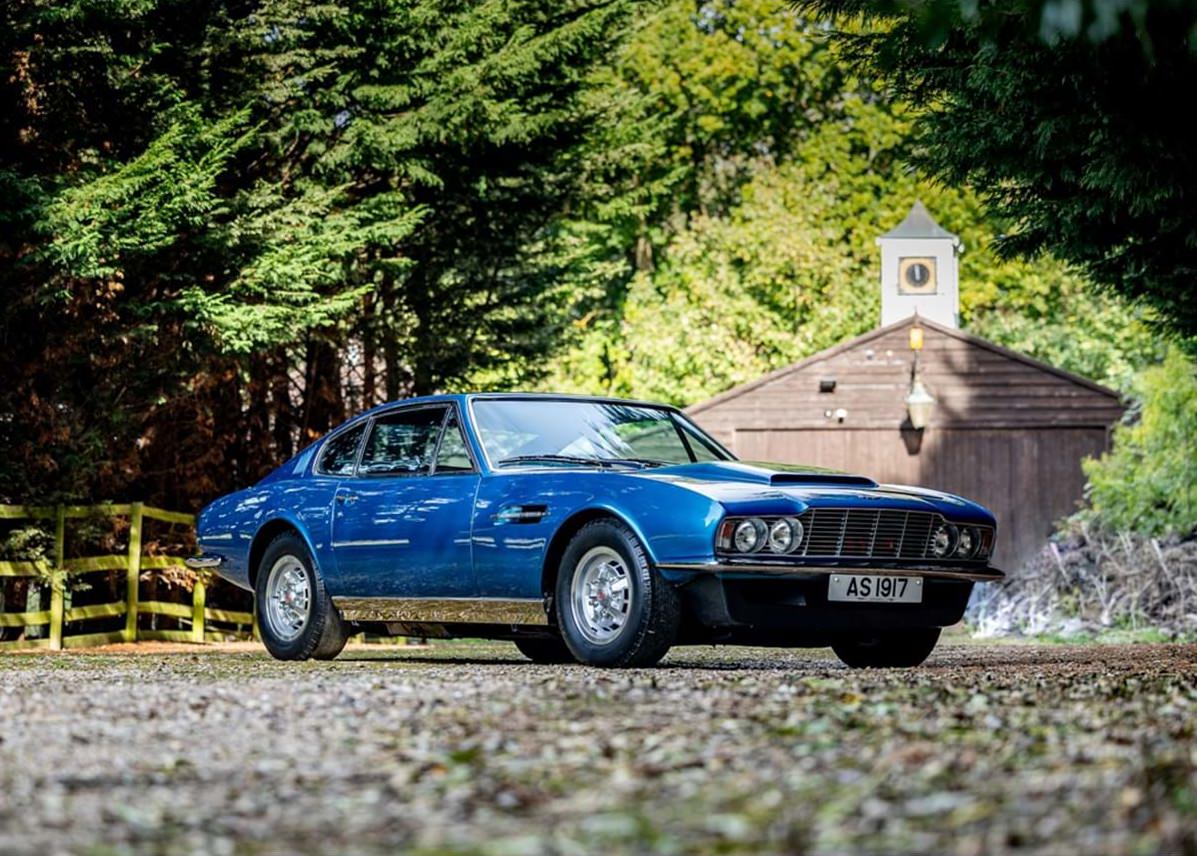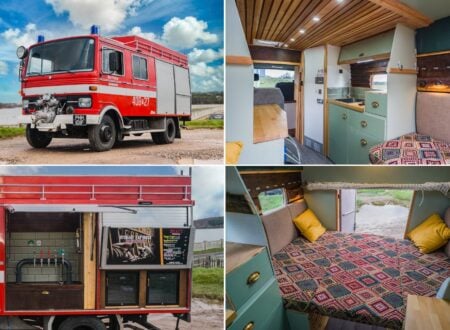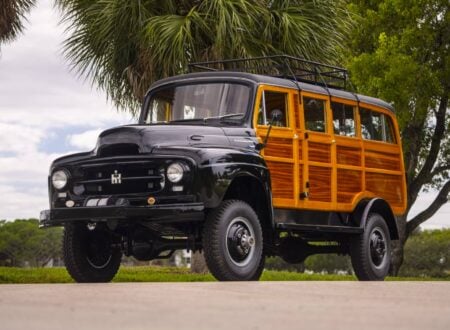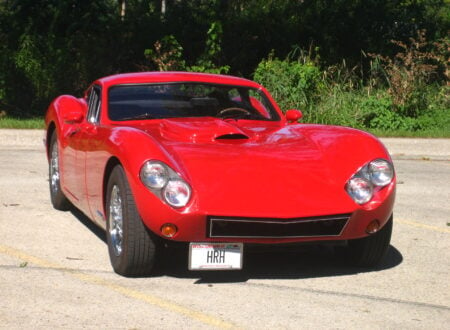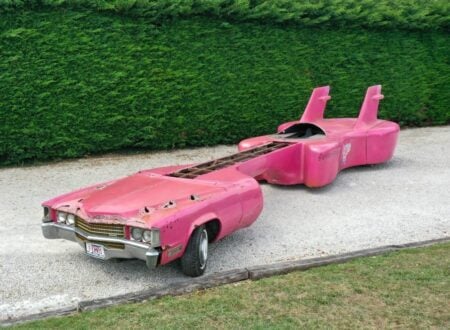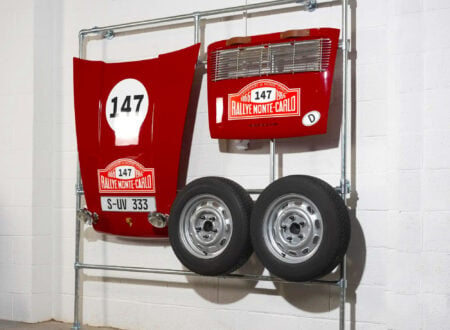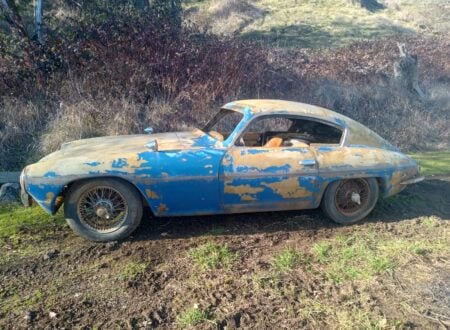This Aston Martin DBS V8 is almost certainly the fastest example ever built, it was factory-fitted with a Lola Aston Martin V8 engine that was developed for the Lola T70 Le Mans race car.
The Lola Aston Martin V8 was a high-performance 5.0 liter engine developed from the production Aston Martin V8. It had an alloy block and heads, double overhead cams per bank, a 90º V-angle, and it produced 460 bhp in race tune.
Fast Facts – An Aston Martin DBS Prototype
- The Aston Martin DBS was introduced in 1967 as a successor to the Aston Martin DB6. Designed by William Towns, it marked a significant shift in design language from its predecessors. The DBS showcased a more modern, squared-off look and featured a fastback roofline.
- At its launch, the DBS was fitted with Aston Martin’s then-traditional straight-six engine. This 4.0 liter engine produced 280 bhp and was capable of sending the DBS to speeds up over 140 mph. In 1969, the DBS was also offered with a V8 engine – the ambitious V8 project had been in development since the mid-1960s.
- The DBS became a household name after it appeared in the 1969 James Bond film “On Her Majesty’s Secret Service,” starring George Lazenby. This appearance continued Aston Martin’s association with the James Bond franchise, which began with the DB5 in the film “Goldfinger,” and continues to the current day.
- The car you see here is a prototype from 1970 that’s fitted with the 460 bhp Lola Aston Martin V8 engine. This engine was developed for the Aston Martin T70 Mark III Lola Le Mans cars that raced in 1967, it was too large for the engine bay, so a new higher hood was fitted to help accommodate it.
The Aston Martin DBS
The Aston Martin DBS was originally meant to be powered by a new V8 and styled by top Italian automotive design house Touring of Milan; however when it debuted in 1967 it was powered by a straight-six and it had been designed by a young British stylist named William Towns.
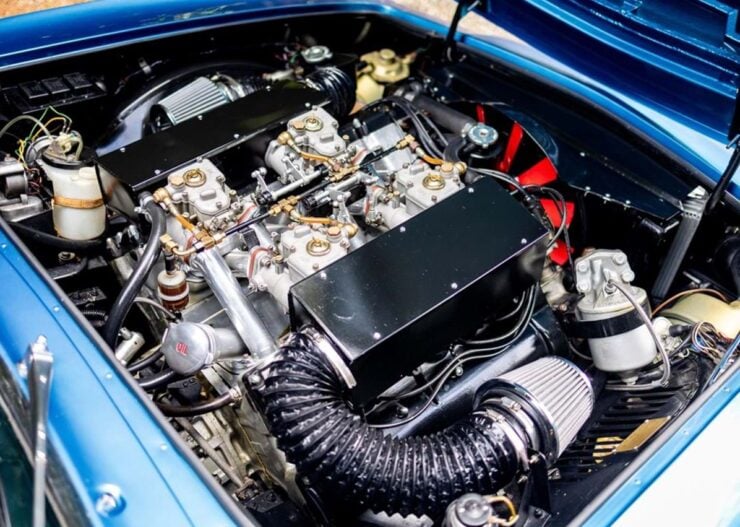

The reason the production version of the DBS was so different to the car that had initially been conceptualized is that the then-new Aston Martin V8 engine simply wasn’t ready, and Touring of Milan had sadly gone out of business in 1966 – after designing two proposals for the DBS.
The Aston Martin V8 was to be the engine that powered the British automaker into the 1970s and beyond, but it was a complex engine that needed significant development time. It was designed by Tadek Marek, the same man who had designed the company’s earlier straight-six – the engine that had powered the DB4, DB5, and DB6.
Designer William Towns had been brought on by Aston as rather a last minute fill-in for Touring, despite this he penned what was possibly the perfect shape for the new DBS model, it incorporated plenty of Aston styling cues but also held great appeal with the American car-buying public.
The DBS would debut with a 280 bhp, 4.0 liter version of the Aston six-cylinder engine, capable of up to 325 bhp in Vantage specification, and mated to either a 5-speed manual or an automatic gearbox. It was capable of 141 mph and it could do the 0 – 62 mph run in 7.1 seconds – it was genuinely quick for a four-seat GT car.
Production officially began in 1967 and the car was sold alongside the DB6 for the first three years. In 1969 the new Aston Martin DBS V8 debuted, it was fitted with the new V8 engine as the name suggests, and it was the fastest four-seat production car on earth with a top speed of 160 mph.
The DBS would become a star much like the earlier DB5, appearing in the 1969 James Bond film “On Her Majesty’s Secret Service” starring George Lazenby. It would also briefly appear in “Diamonds are Forever” as well as the TV series “The Persuaders!” starring Roger Moore.
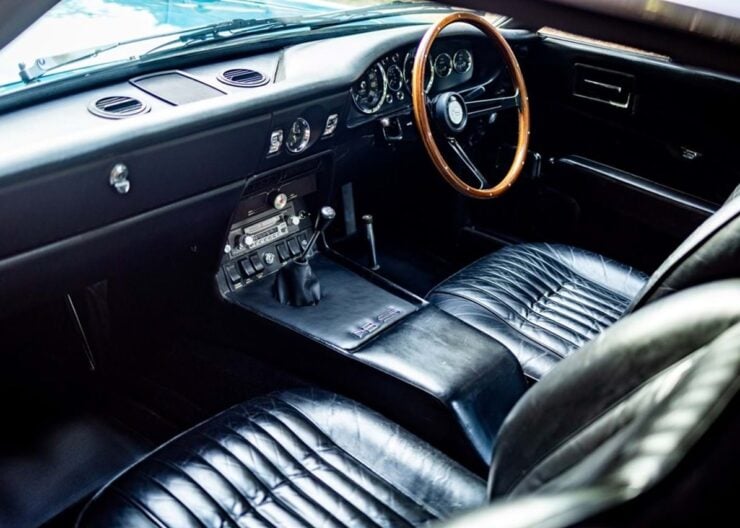

The Aston Martin DBS Prototype Shown Here
The car you see here is significantly quicker than the standard production version of the Aston Martin DBS V8 thanks to the prodigious engine under the hood, an engine that was originally developed in the hopes of winning the 24 Hours of Le Mans.
Ultimately the engine, fitted to the back of the Aston Martin T70 Mark III Lolas, wouldn’t even come close. The development of the V8 had been complex and slower moving than anticipated, this had resulted in the DBS needing to use the earlier straight-six engine after all, and it also affected the racing program.
At Le Mans in 1967 the engines were failing, often in dramatic fashion, and sometimes after as few as seven laps had been completed. It wasn’t a good look, and the program was mothballed until a possible future date when the engine was developed enough to go the distance.
The key positive takeaway from all of this was that the lessons learned at the Circuit de la Sarthe were incorporated into the V8 engine that eventually made it into production in 1969.
This prototype DBS has the Lola Le Mans engine under the hood, fitting it in required a newly redesigned hood to accommodate the higher intake consisting of twin double Weber carburetors being fed by two separate air boxes and cold air intakes.
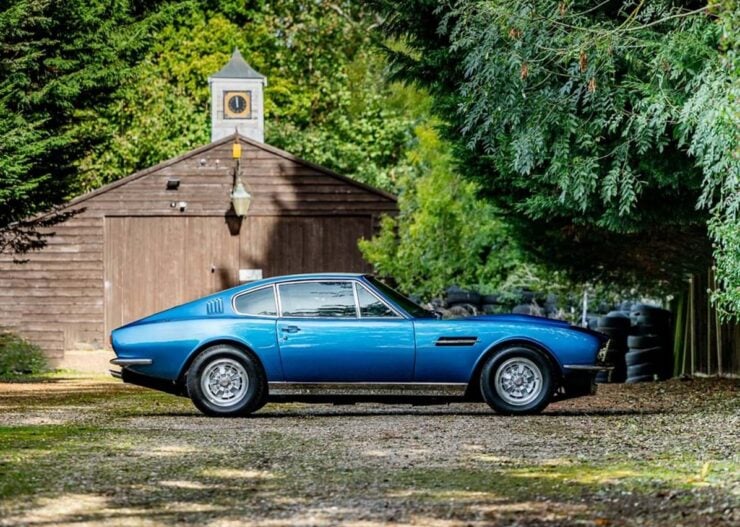

The car has recently undergone a thorough restoration which included a bare metal respray in metallic Lagoon Blue. It has new carpeting throughout, four new Weber 45 DCOE carburetors, and a wheel refurbishment among other works carried out.
It’s now due to roll across the auction block with Historics Auctioneers on the 2nd of March with 76,884 miles on the odometer and a price guide of £150,000 – £160,000, or approximately $183,000 to $195,200 USD. If you’d like to read more about it or register to bid you can visit the listing here.
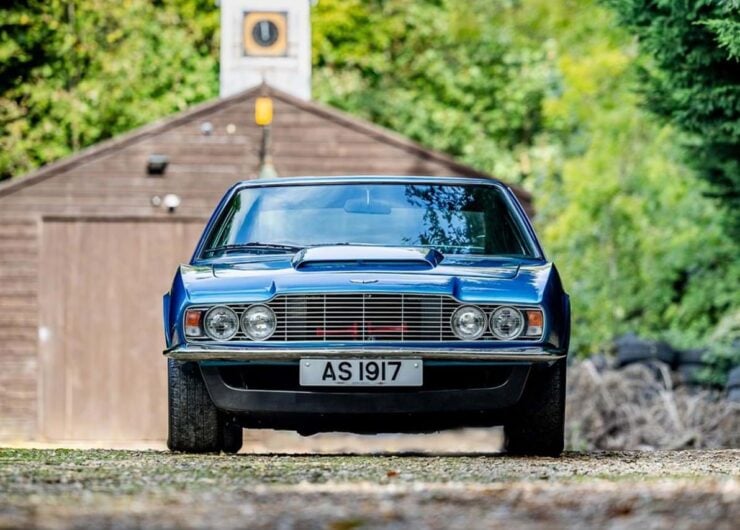
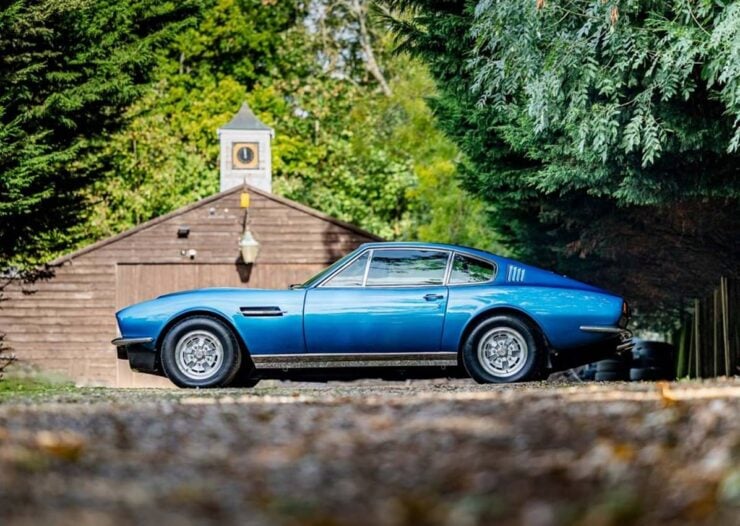
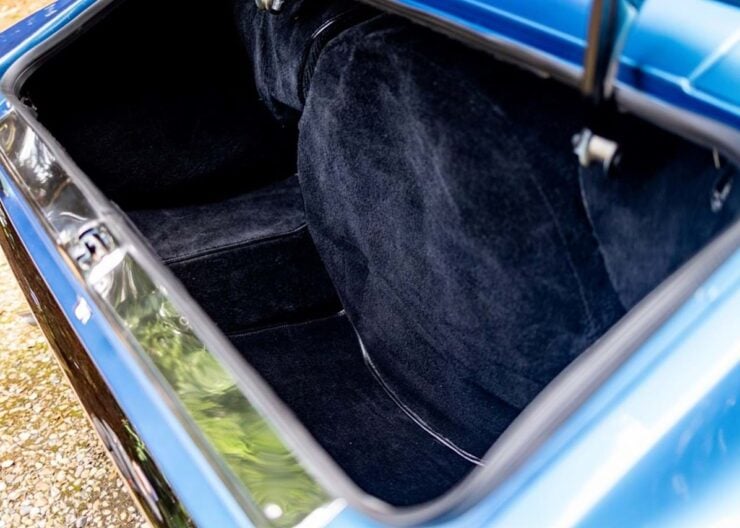
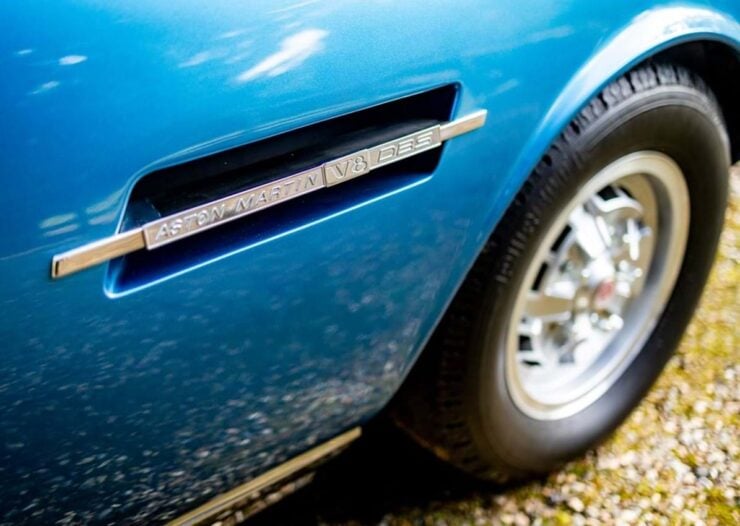
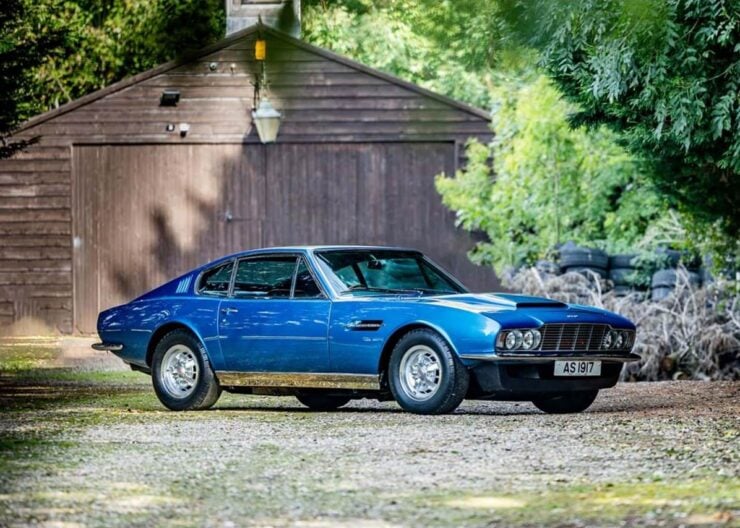
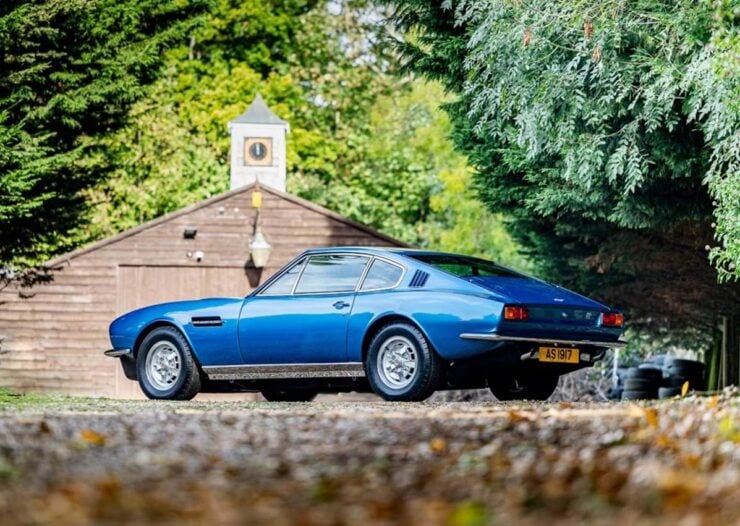
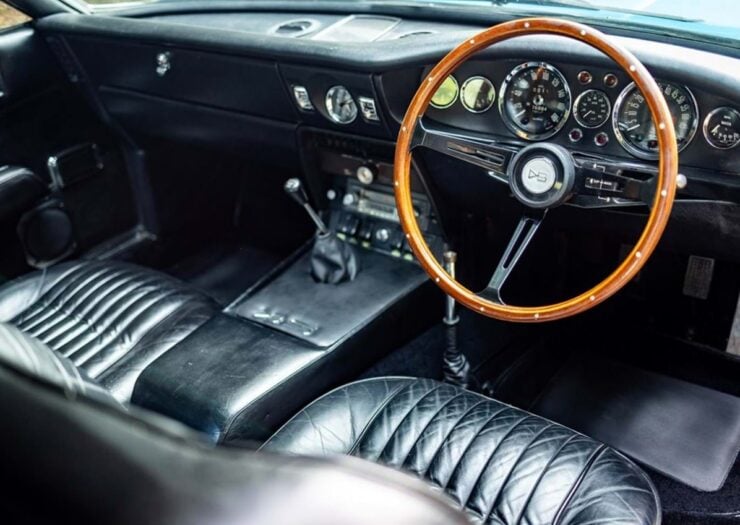
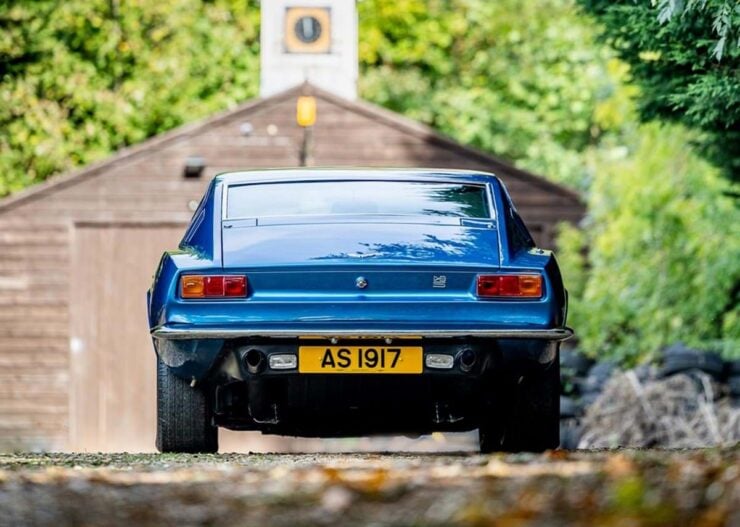
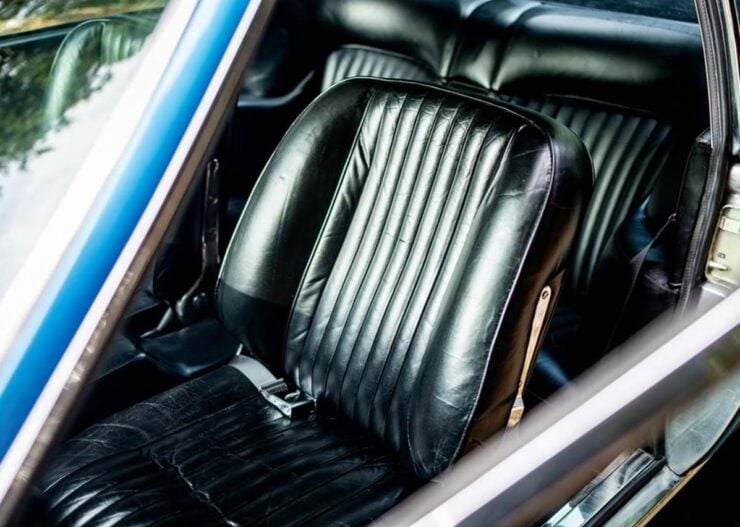
Images courtesy of Historics Auctioneers

